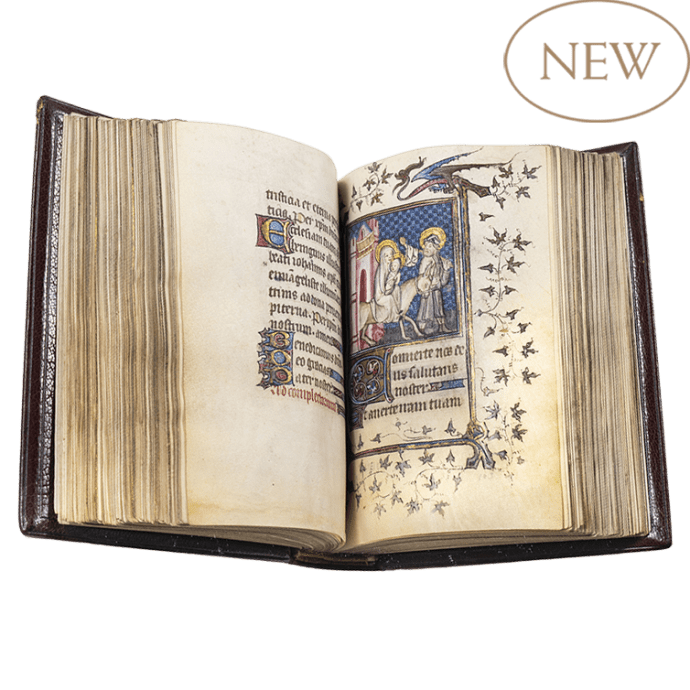


Hours of Collette de Lautier (use of Paris)
, France, Paris, c. 1400 (suggested date of 1401 on the first numbered leaf in a 16th century hand)







Hours of Collette de Lautier (use of Paris)
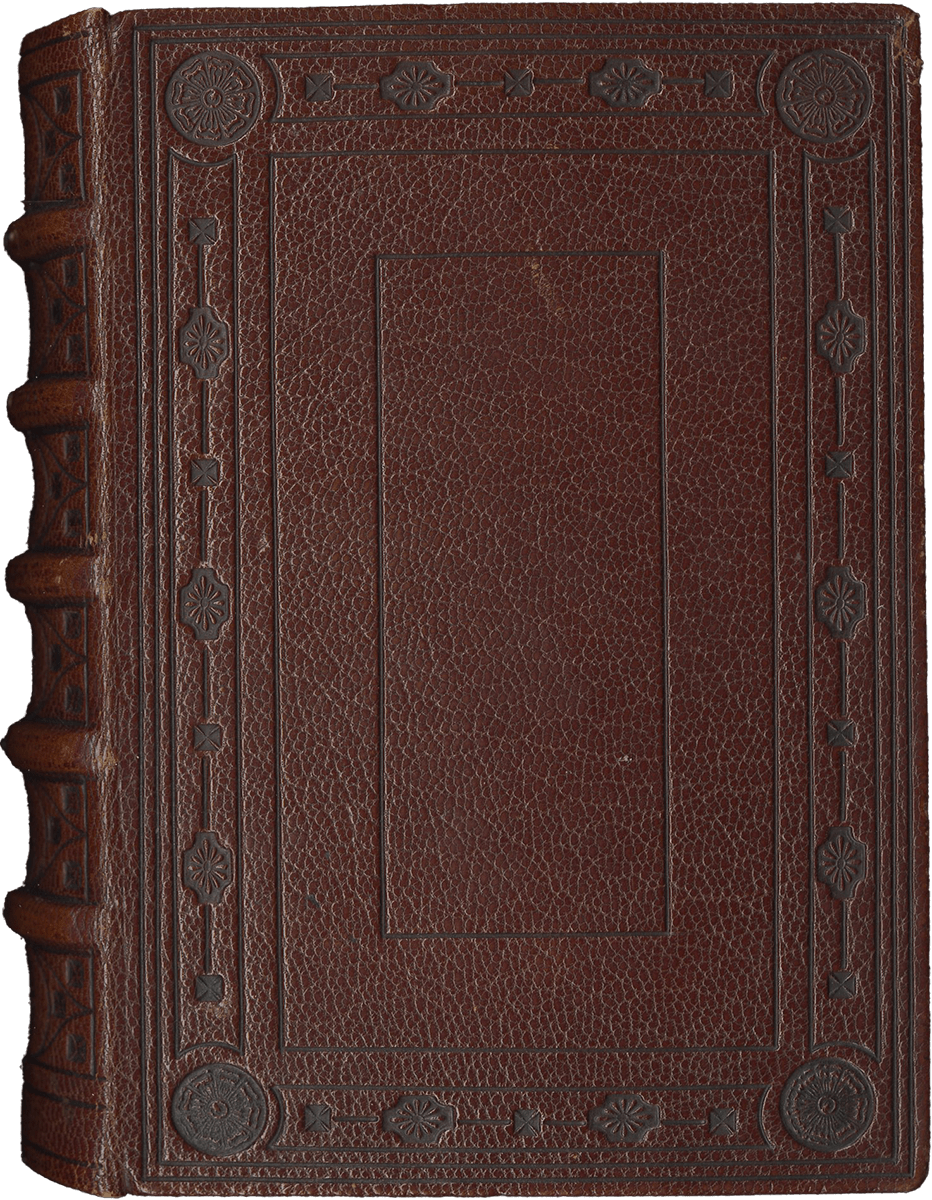
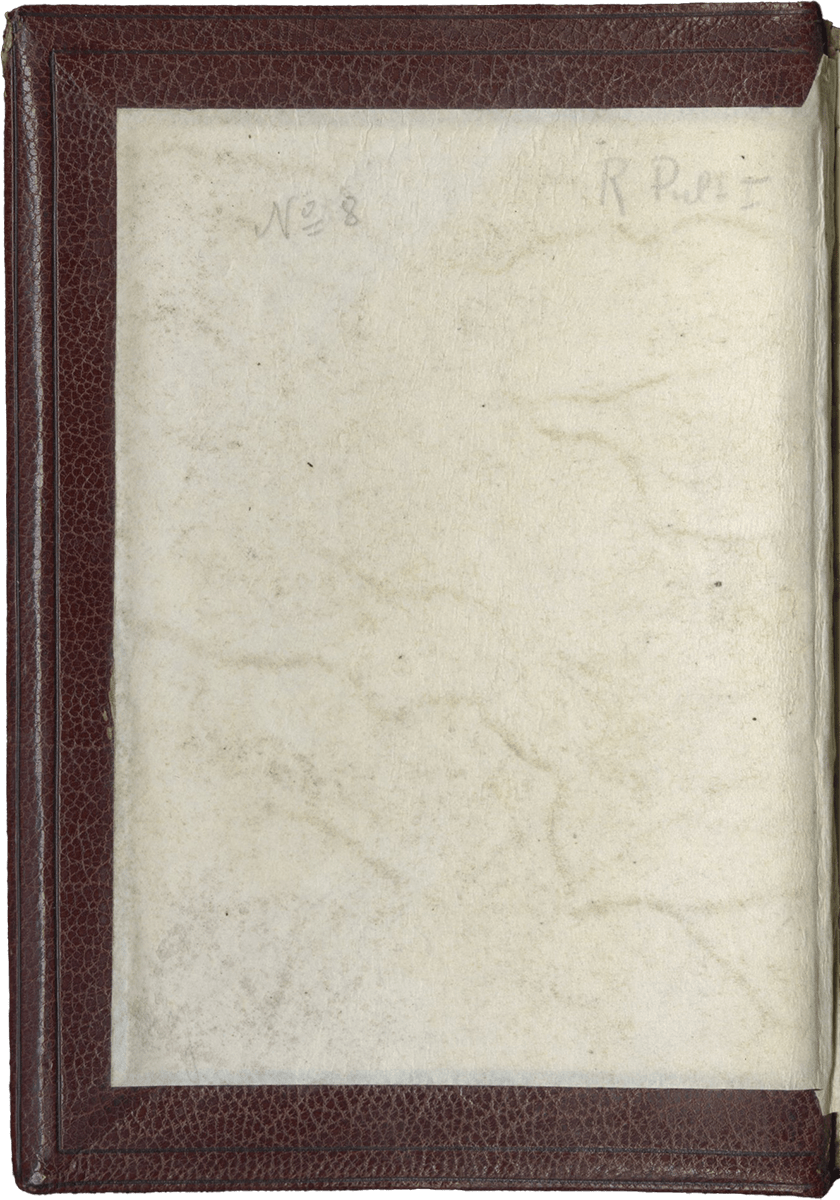
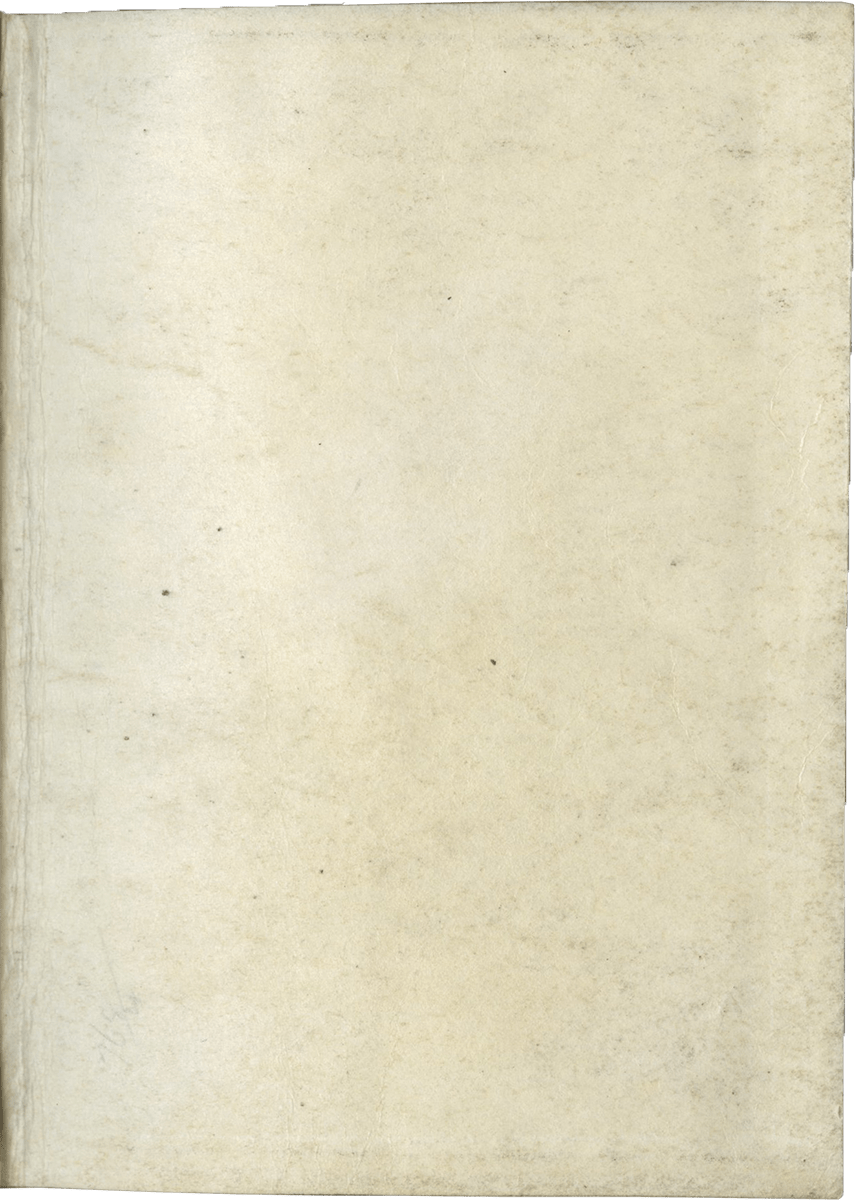
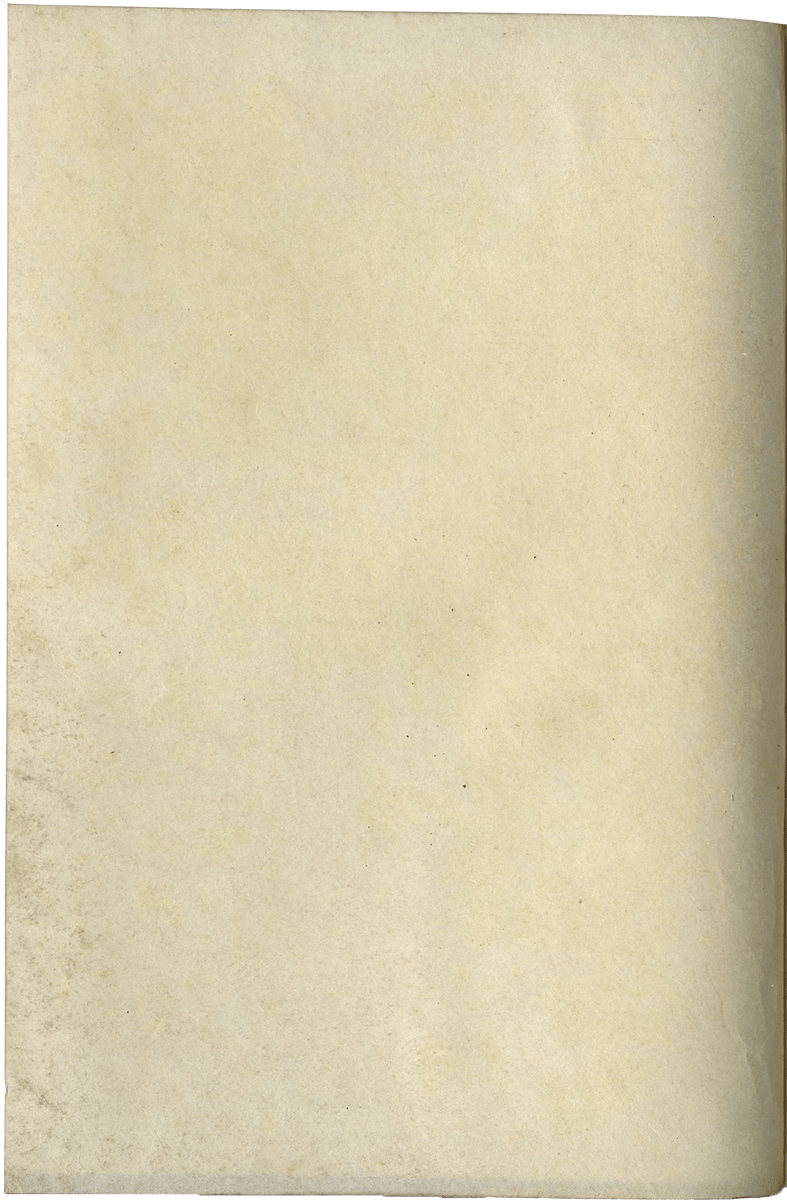

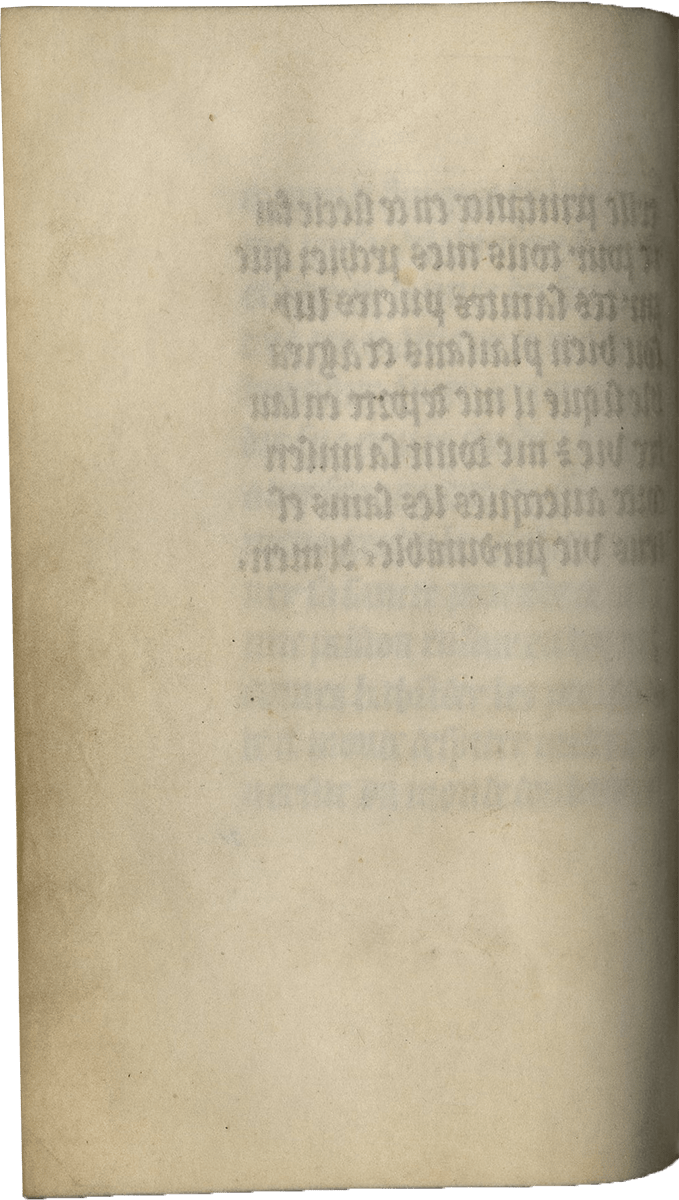


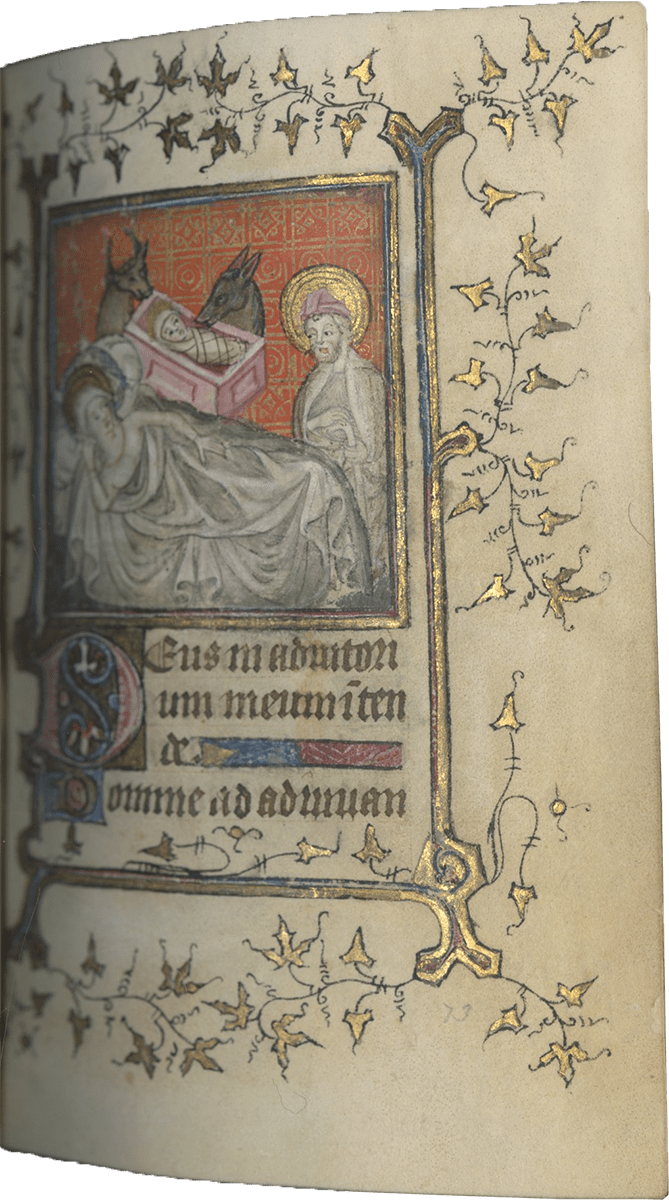
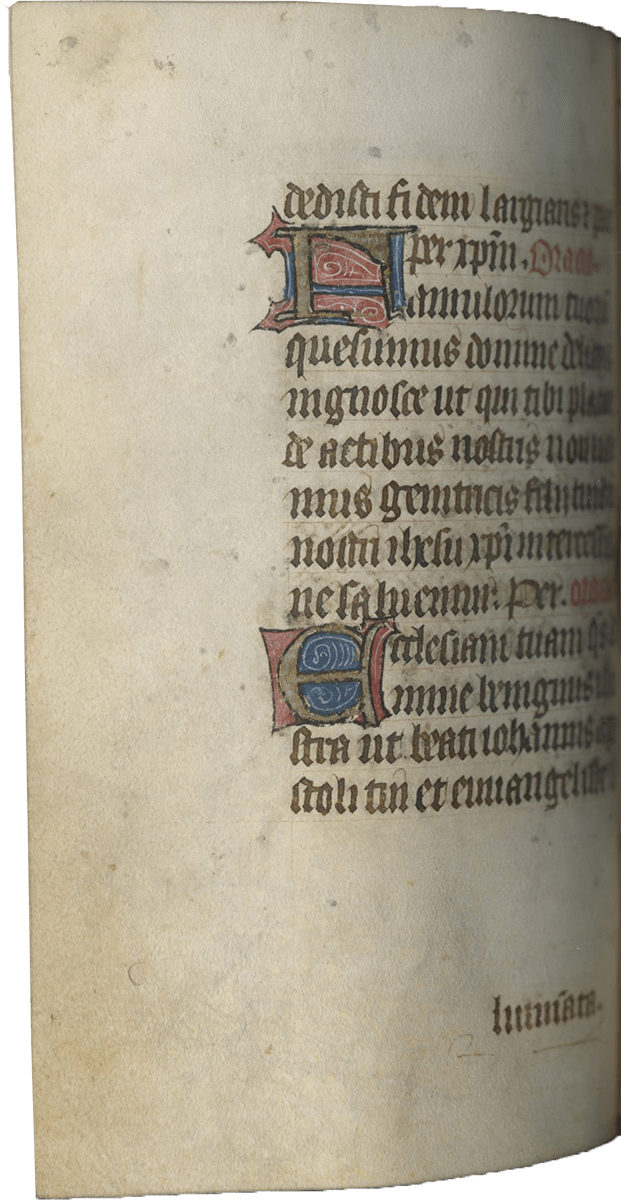
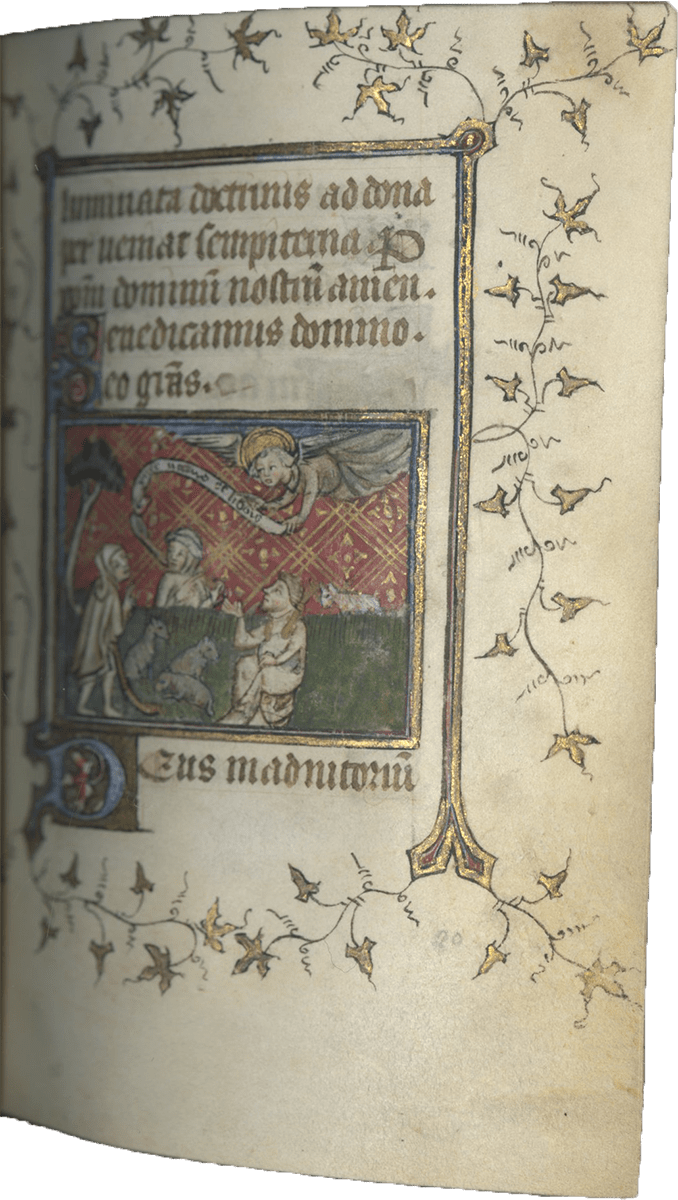
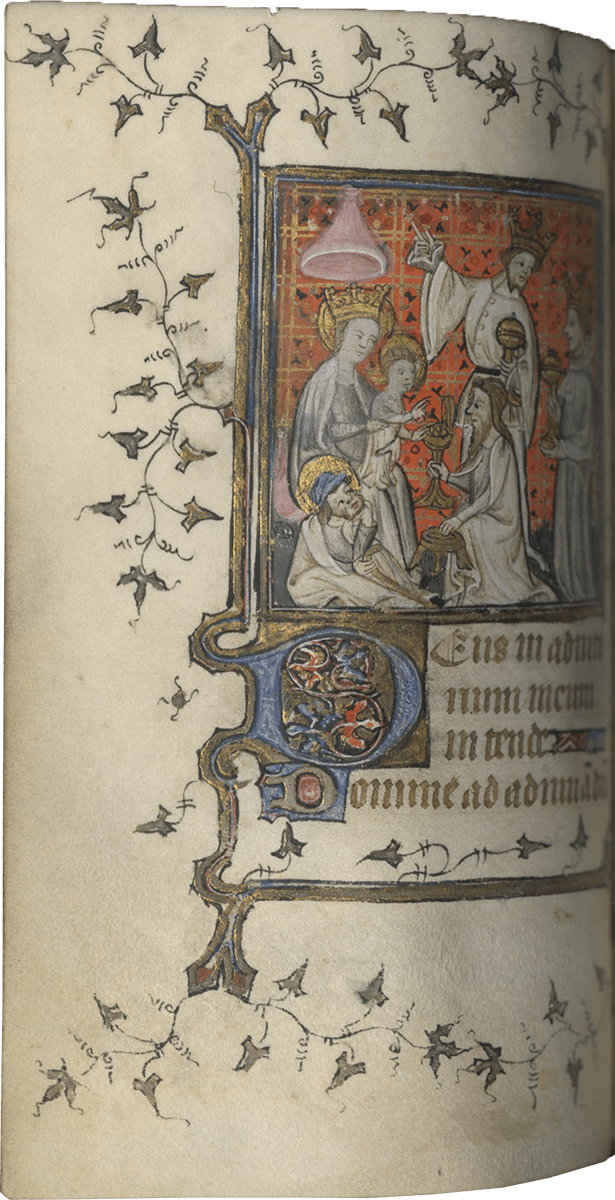
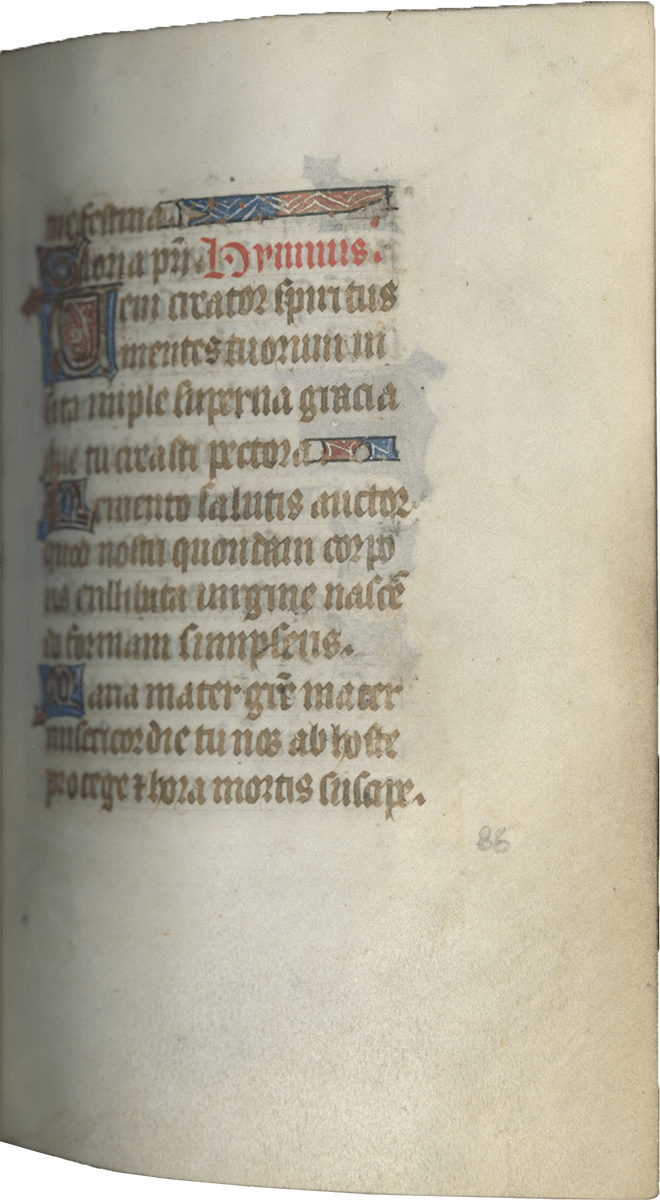

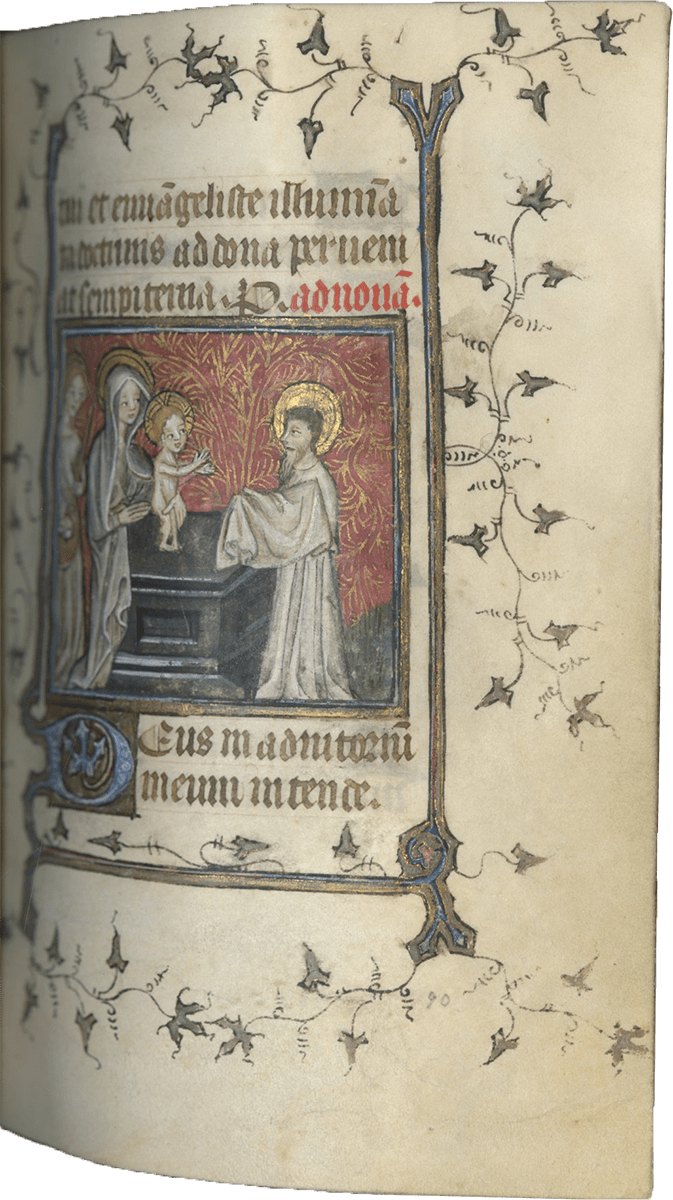
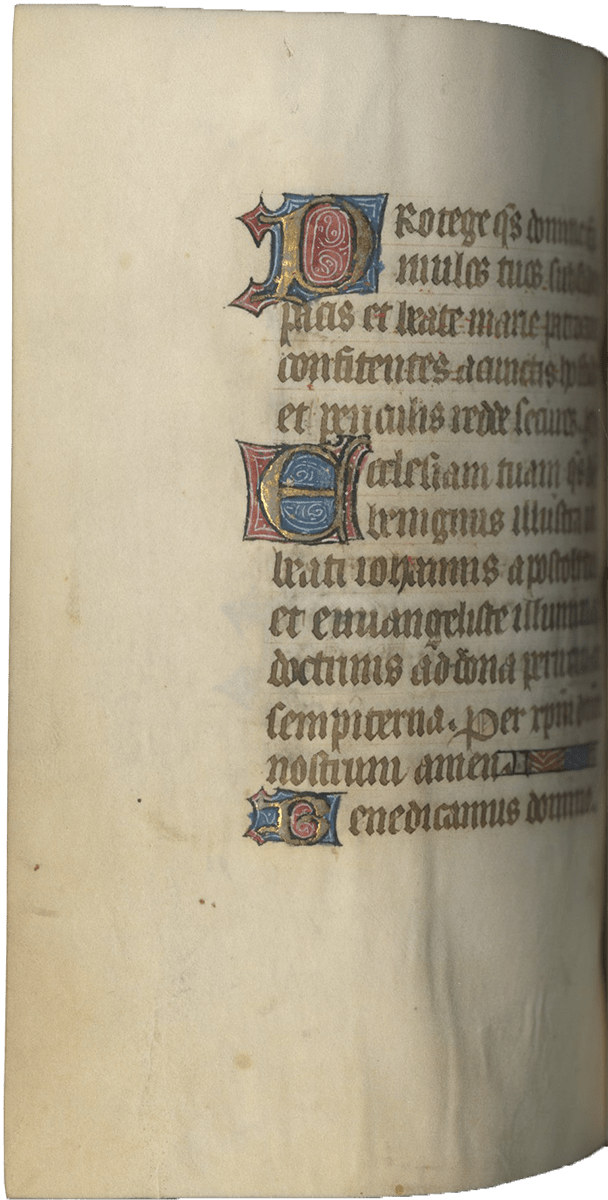

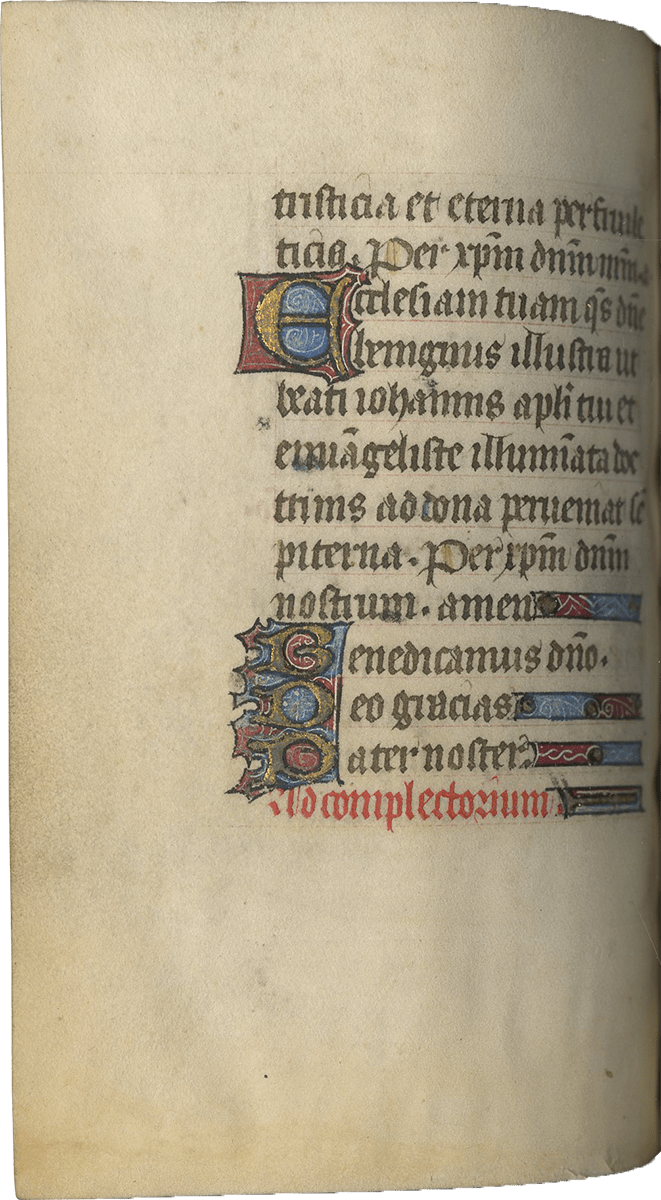
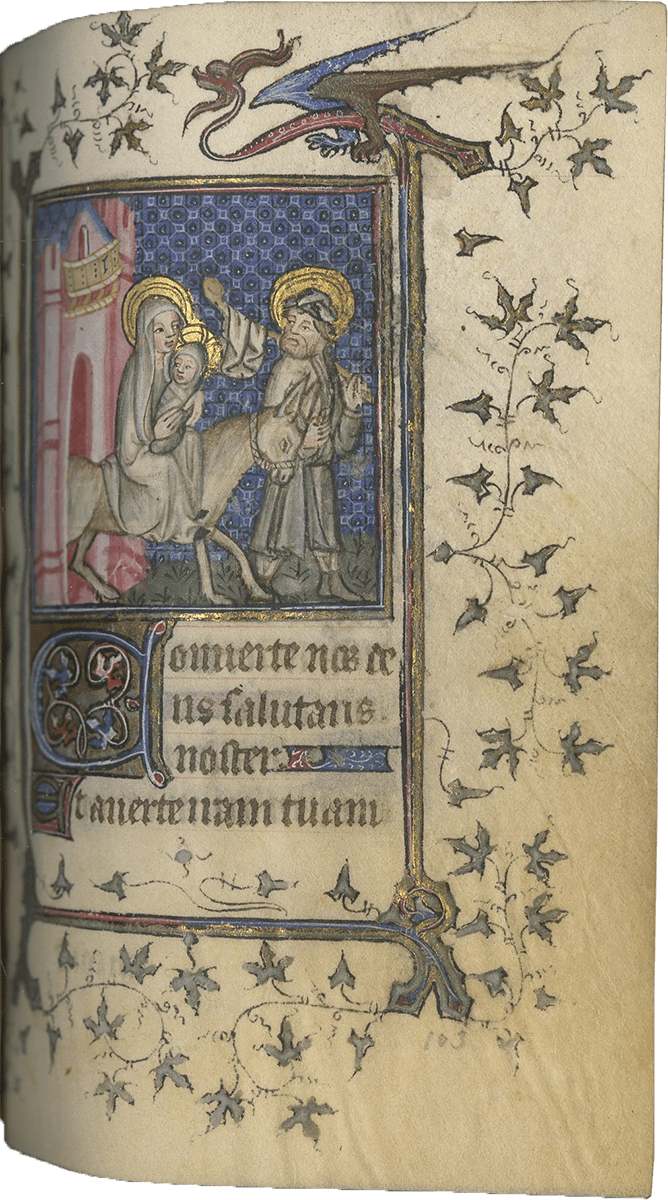
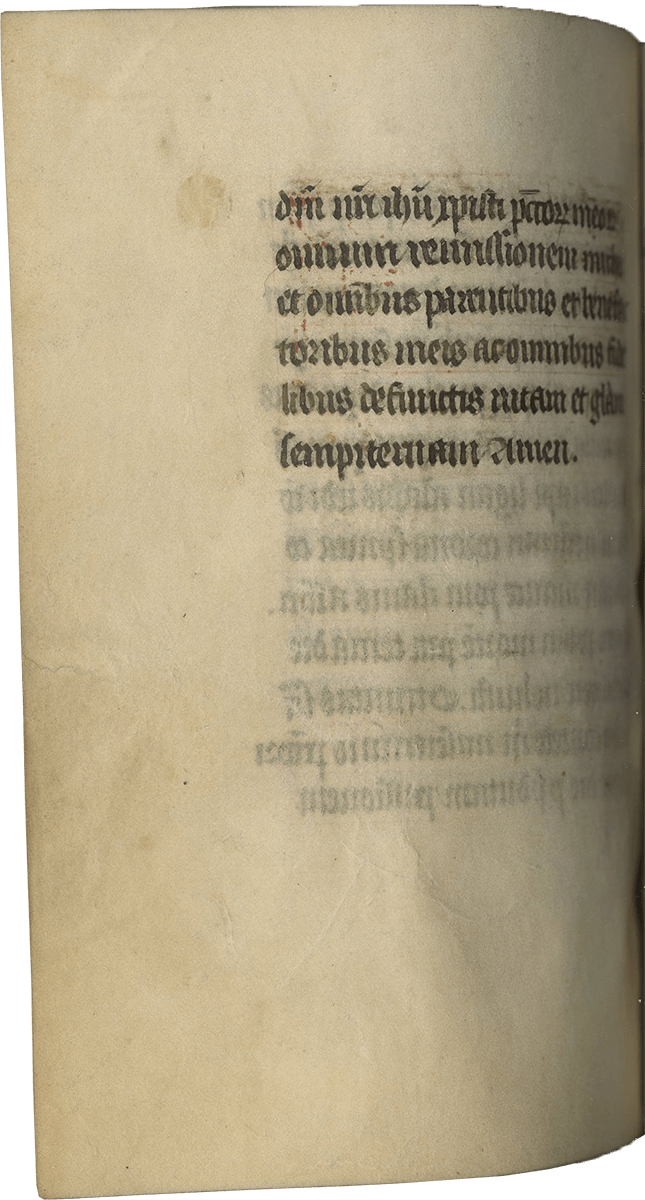
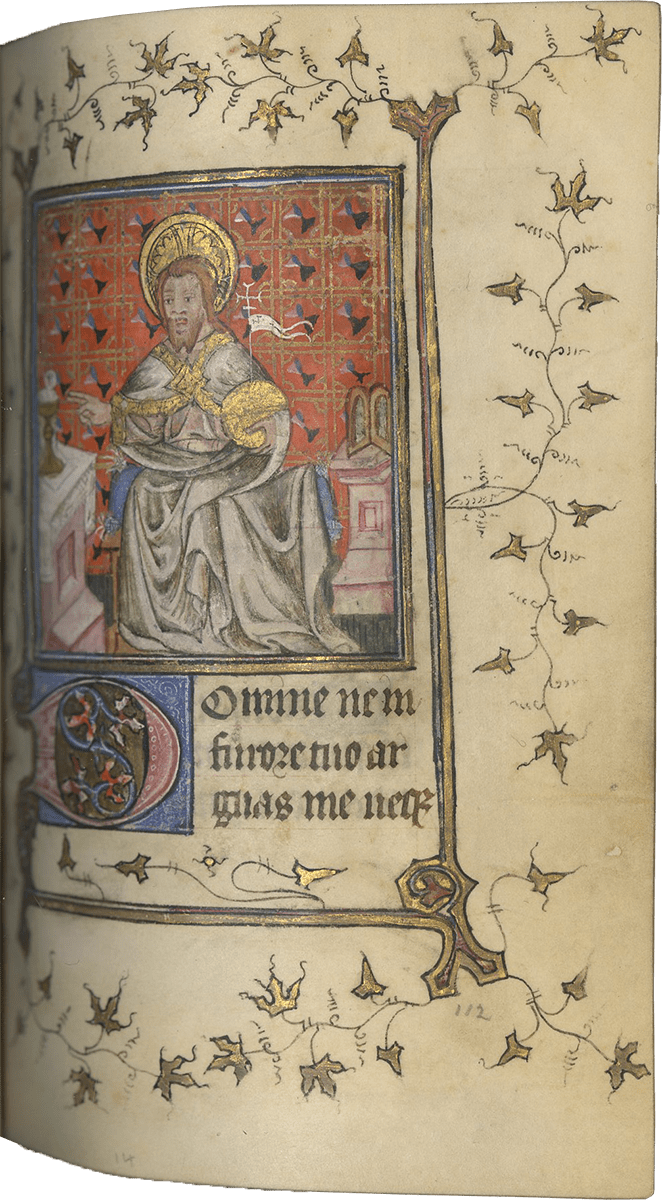


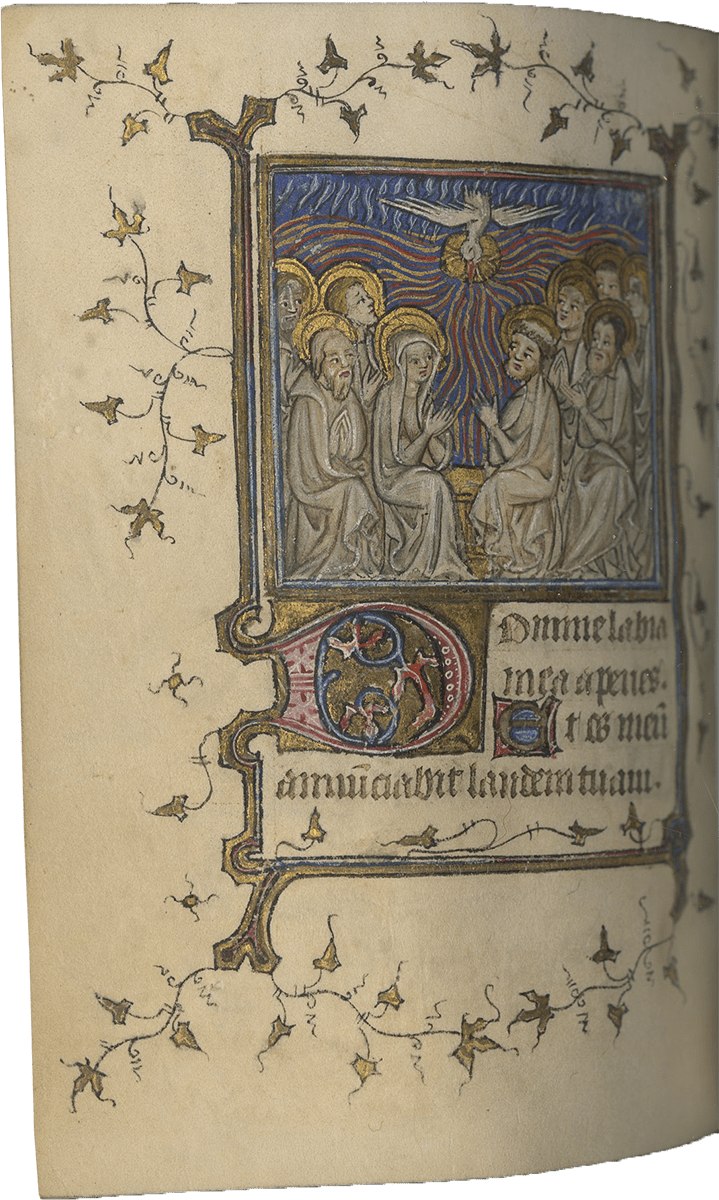
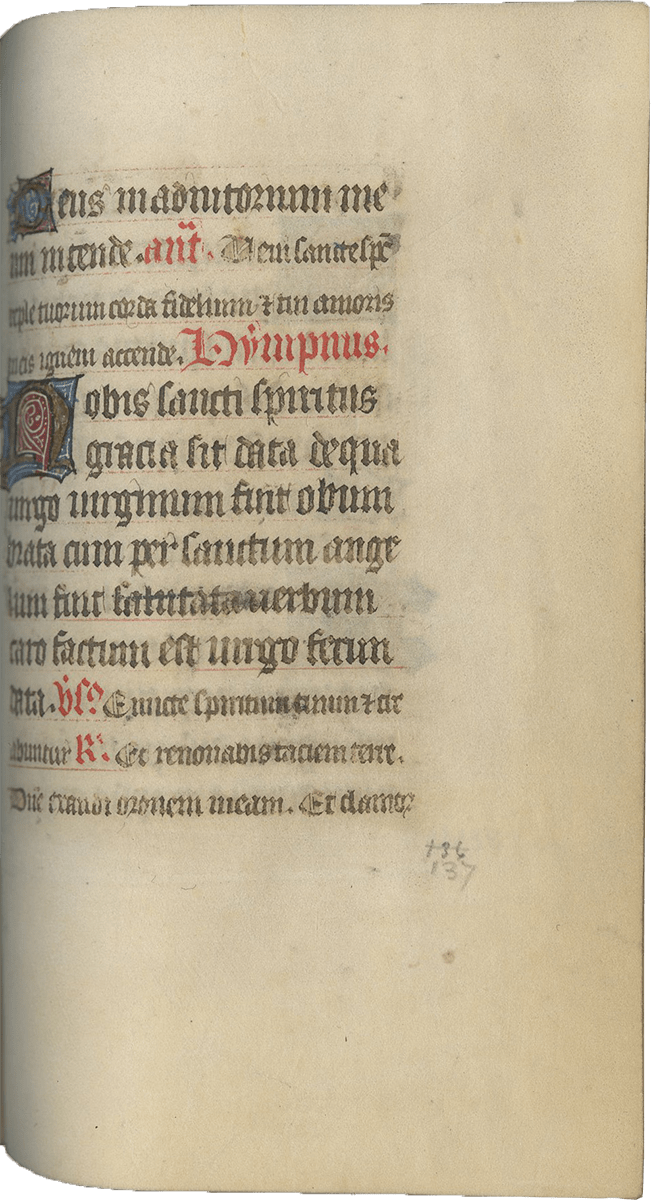

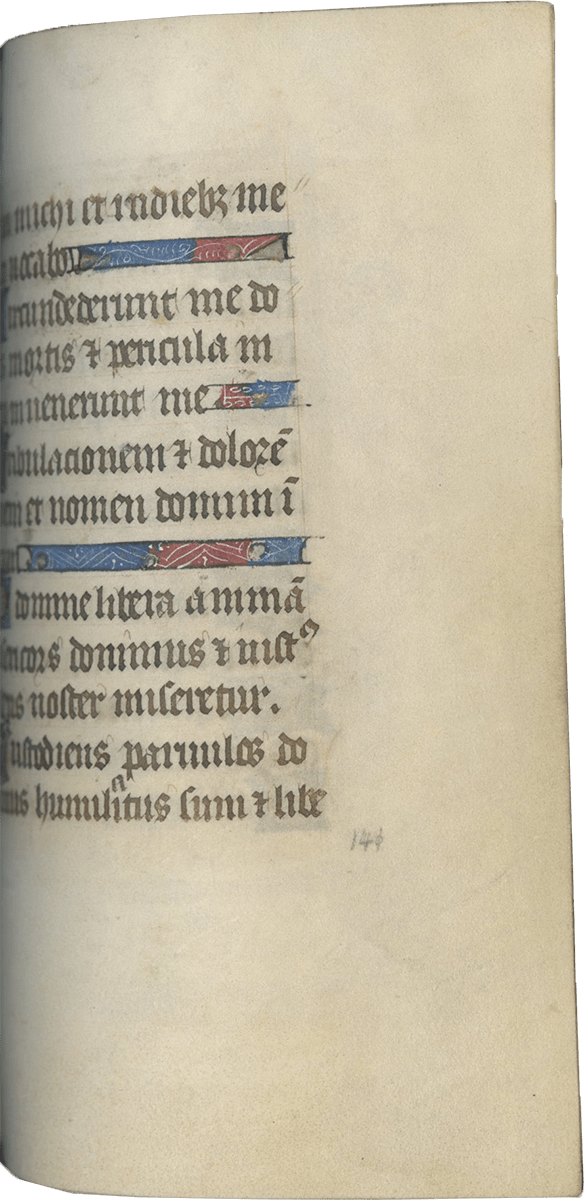
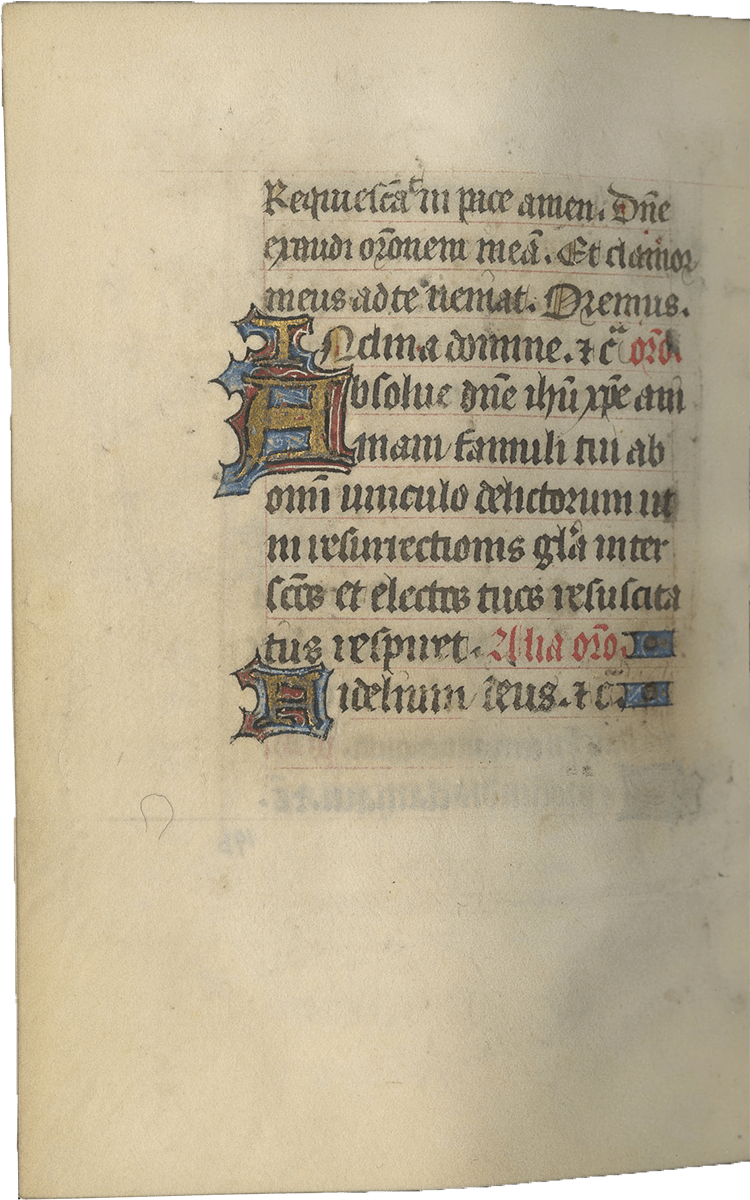

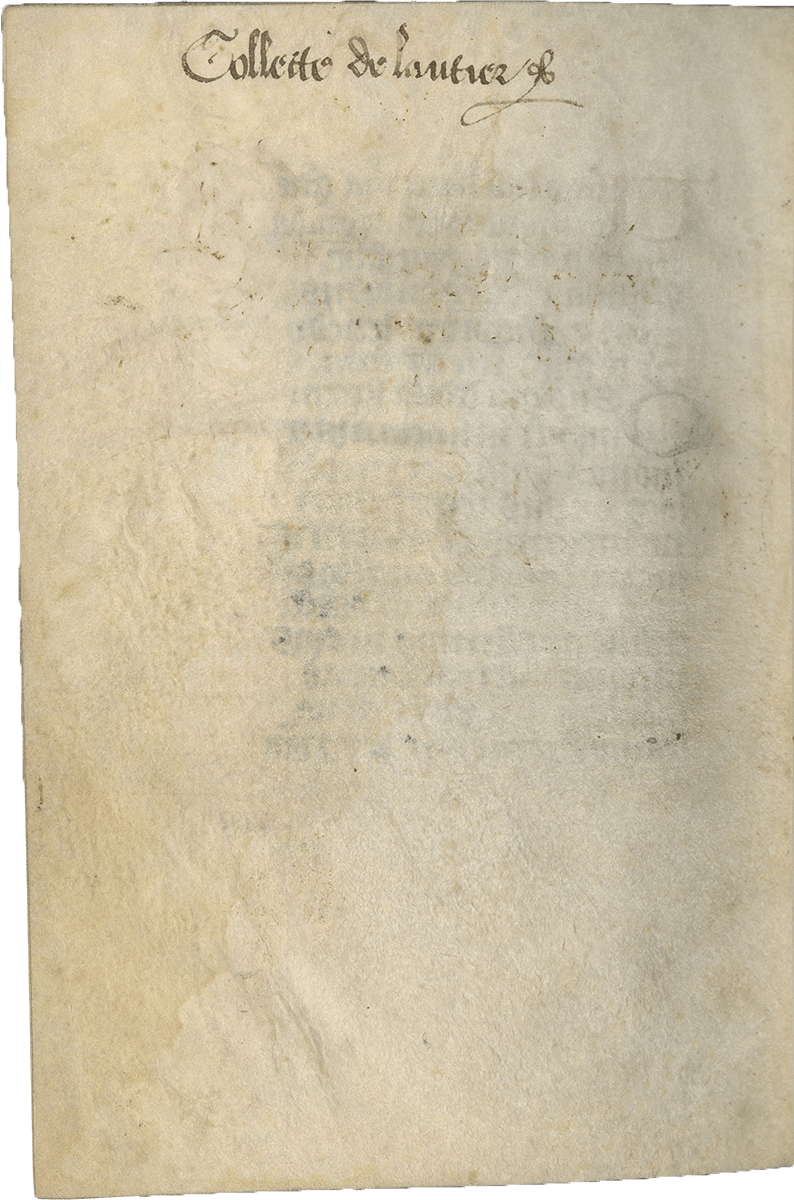


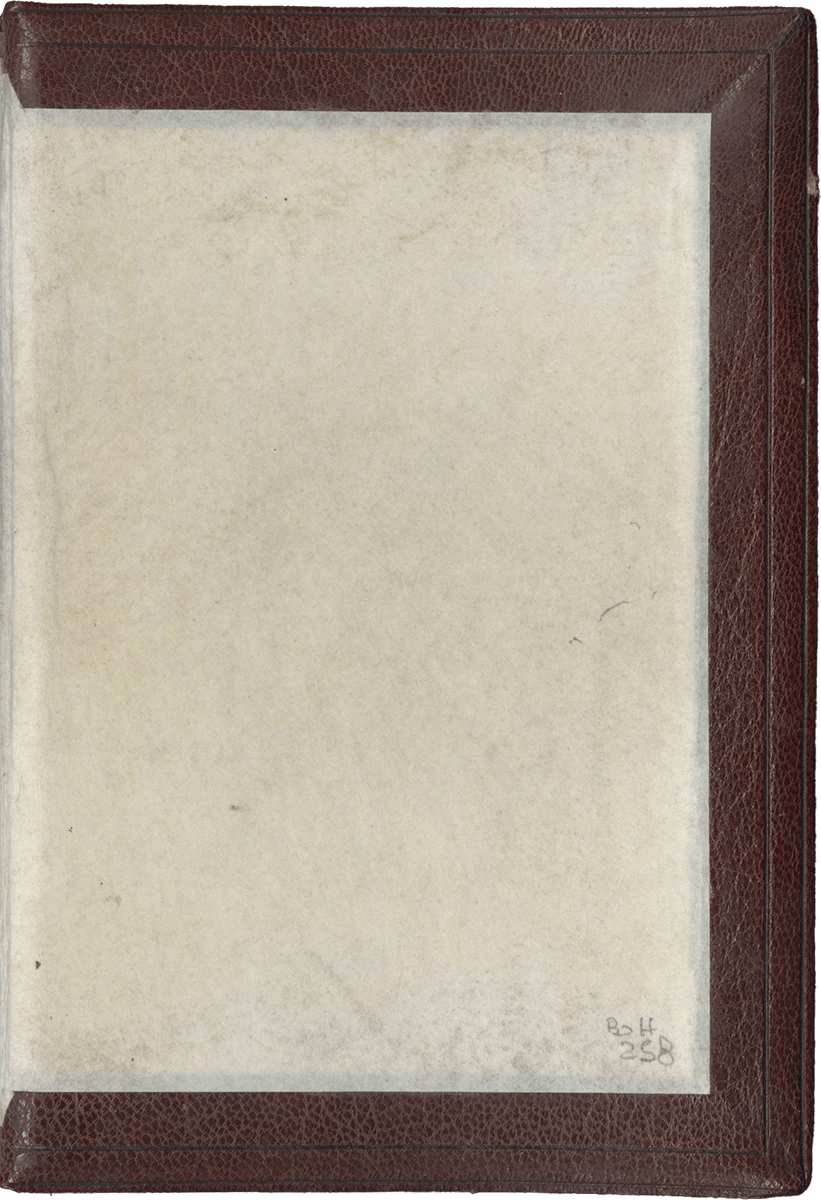

Description
Manuscripts from the late fourteenth and early fifteenth century are always interesting discoveries as they provide additional witnesses to one of the most creative periods in French illumination. With strikingly original backgrounds, the grisaille elements in this manuscript confer additional elegance to fine miniatures in a Book of Hours once owned by an identified early female patron, Collette de Lautier. The renewed and corrected attribution of these Horae to this interesting Parisian artist, re-christened “Ravenelle Painter” adds to our appreciation of this artist active in Paris at the time of the Duke of Berry.
213 ff., with three first leaves ruled blanks (grid of fourteen lines, some offset on fol. 3v), first page of calendar is found on fol. 4, last leaves (ff. 210-213) are blank ruled leaves with owner’s inscription on fol. 213v (some offset on ff. 210-211), two original pastedowns preceded by two modern flyleaves and followed by two original pastedowns (preserved when the codex was rebound, the word “Paris” and traces of a pasted label or former bookplate on recto of the second pastedown) and two modern parchment flyleaves, complete [collation : [quire of 3, ruled blank leaves, inscriptions on recto of first leaf of this gathering] + i12, ii8, iii8, iv8, v8, vi8, vii8, viii8, ix8, x8, xi8, xii8, xiii8, xiv8, xv8, xvi8, xvii8, xviii8, xix8, xx8, xxi8, xxii8, xxiii6, xxiv8, xxv8, xxvi4, xxvii4 (this last quire is composed of ruled blank leaves)], some catchwords, written in brown ink in a Gothic liturgical script (two modules of script) on up to 13 lines, change of hands on ff. 109v-111v and again ff. 207v-209 (added final prayers, two different hands, both fifteenth-century), ruled in pale red ink (justification : 52 x 78 mm), rubrics in bright red (in Latin and some in French), one and two-line high initials in burnished gold on blue and dark pink grounds with white tracery, line-fillers of the same type, large calendar KL initials in burnished gold on blue and dark pink grounds with white tracery, a few larger initials (two- to three lines high) in blue or dark pink on burnished gold or blue with white tracery grounds with decorated vine leaves (colored and burnished gold), some extending in the margins around burnished gold baguettes, marking the major textual divisions, with 12 MINIATURES set in illuminated borders with descending burnished gold baguettes, some with dragons, and vine leaves spiraling in the margins (Annunciation introducing the beginning of the Hours of the Virgin set in a more lavish border with illuminated baguettes, vine leaves, angels, a swan, a parrot (fol. 35); nota bene: space left blank for heraldic arms in the decorated initial placed below the miniature). Modern binding of brown calf, back sewn on 5 raised bands, imitation binding with blind-stamped decoration on back and boards (multiple frames traced with blind-stamped filets and frame with repeated blind-stamped fleurons), modern parchment pastedowns (on the pastedown, inscription in German, relative to the localization of the codex : “No. 8. R. Pult I”), edges gilt. Dimensions 152 x 105 mm.
PROVENANCE
1. Illuminated and copied in France, most certainly Paris, based on linguistic, liturgical and stylistic elements. Liturgically, both the Hours of the Virgin and the Office of the Dead are for the use of Paris. The Calendar is certainly Parisian (two feast days for Geneviève, patron saint of Paris; presence of Denis (in red). Noteworthy however, there are a number of saints also pointing towards the North or Picardie (double solemnity in red for Éloi (patron saint of Noyon), Bertin, Vaast etc.).
An inscription is found on fol. 209 verso: “Collette de Lautier.” This hand is contemporary or near-contemporary with the manuscript and could potentially be the first or at least one of the earlier owners of this book. The last miniature figures a female donor: might this be Colette de Lautier kneeling in prayer before the Virgin and Child? Below the name “Collette de Lautier” was once an inscription, still perceptible, but now largely erased.
There is a “Pons Lautier” recorded as an early owner (late fourteenth-century and active circa 1420) of a manuscript now in Leeds, University of Leeds, Library, Brotherton Collection MS 23: Legenda aurea sanctorum. See also Marseille, BM, MS 1232, Legenda aurea sanctorum (14th c. codex), see Catalogue général des manuscrits des bibliothèques publiques de France, vol. XV, p. 345 : “Vu la provenance marseillaise des manuscrits anciens qui composent le fonds de notre Bibliothèque, nous croyons que le présent volume est le même qui se trouvait, au siècle passé, au couvent des Dominicains de Marseille, à qui il avait été donné, le 28 juillet 1420, par Pons Lautier, évêque de Troia, leur ancien prieur.” Troia is located in Italy (Puglia). Pons Lautier was a Dominican from Languedoc, who went on to become Bishop of Troia (see Ripoll, Bremius and Brémond, Bullarium ordinis FF. Praedicatorum…, Rome, 1729-1740, vol. II, p. 708).
2. Inscription on fol. 1 recto: “Ma cousine la bonne M. d’Arg….” Unidentified provenance: this inscription is copied by an early sixteenth-century hand.
3. Inscription on fol. 1 recto: “Je esté faicte le quatorziesme jour du moys de janvier 1401 » [I was made on the fourteenth of January 1401.” This inscription, copied in a cursive script, is datable to the sixteenth century. Notwithstanding a later date of copy, the date “1401” fits well with the time of production of the codex and the style of its miniatures. Hence one wonders why it is copied later? Perhaps a sixteenth century hand has carefully reproduced an earlier inscription that might have figured on a lost flyleaf or label?
4. Purchased by Antiquariat Heribert Tenschert, Rotthalmünster Germany, by 1993, in Eberhard König, Leuchtendes Mittelater V: Psalter und Studenbuch aus Frankreich vom 13. Bis zum 16. Jahrhundert. Katalog 30 Antiquariat Heribert Tenschert. Rotthalmünster, 1993.
5. Günther (Jörn) [Antiquariat]. Mittelalterliche Handschriften und Miniaturen. Katalog und Retrospektive, Hamburg, 1997, no. VII, p. 56. Misidentified artist and place of production [Champagne, Troyes?] and earlier date [c. 1380] to be corrected. Also error in the transcription of the name of fifteenth century owner: one must read “Collette de Lautier” and not “De Lautrez” [see SDBM MS 8163].
6. Private Collection, France.
TEXT
ff. 4-15v, Calendar, use of Paris, in French, in red and brown ink, including the following noteworthy saints: Geneviève (in brown ink, 3 Jan; again, in brown ink, 26 Nov.), La Typhaine (in red, local vernacular form for “Epiphanie”), Sulpice (Souplice) (in brown ink, 17 Jan. and 27 Aug.), George (in red, 23 April), Nicolas (in red, interestingly 9 May; again in red, 6 Dec.), Barnabé (in red, 11 June), Eloy (in red, 25 June; again in red 1 Dec.), Martin (in red, 4 July; again in red 11 Nov.), Dominique (in brown ink, 5 July), Vaast (in brown ink, 14 July), Bertin (in brown ink, 15 July; again in brown ink, 23 Dec), Etienne, pope (in brown ink, 2 Aug.), Etienne, martyr (in red, 3 Aug.), Croix (in red, twice 3 May and 15 Sept.), Mahuy (local vernacular form for “Mathieu”, in red, 21 Sept.), Denis (in red, 9 Oct.); Clément (in red, 23 Nov.), Thomas (in red, twice 21 Dec. and 29 Dec.);
ff. 16-21v, Gospel Sequences;
ff. 21v-26, Obsecro te, in French, rubric in French, Cy commence Obcecro te francois; incipit, “Je te depri dame sainte marie mere de dieu tres plaine de pitié fille du souverain roy tres glorieuse mere mere des orphelins… “ ; the French translation does not reflect a feminine form : “[…] Et empetres a moy ton sergent de ton ame… “(f. 24v);
ff. 26-31, O intemerata, in French, rubric in French, Cy commence O intemerata en francoys que pape Jehan fist et octroia a ceulx qui la diront III. C. [300] jours de pardon; incipit, “O tres enterine et pardurablement benoite especieulx et non comparable vierge… “ (Sonet, (J.), Répertoire d’incipit de prières en ancien français, Paris, 1956, n° 1564);
f. 31v, blank leaf;
ff. 32-109, Hours of the Virgin, use of Paris, with Matins (ff. 32-59); Lauds (ff. 59-72v [no miniature]); Prime (ff. 73-80), antiphon, “Benedicta tu” and capitulum, “Felix namque”; Terce (ff. 80-85); Sext (ff. 85v-90); None (ff. 90-95), antiphon, “Sicut lilium” and capitulum, “Per te dei”; Vespers (ff. 95-102v); Compline (ff. 103-109);
ff. 109v-111v, Indulgences granted by Pope John XXII; followed by Indulgences granted by Pope Bonifacius VI; rubrics in red: Jehan pape .xxii. octroye a tous ceulx qui en lisant en la messe diront ceste oroison .xxx. mille ans de pardon .x. mille pour pechés veniaulx et .xx. mille pour pechez morteulx; Papa Bonifacius sextus ad peticionem Philippi regi francie dedit omnibus dicentibus hanc orationem sequentem inter elevationem corporis et sanguinis domini nostri ihesu christi…duo millia annorum indulgenciarum. (Nota bene: there is a change of hand for these leaves, still a fifteenth-century hand but later than the core of the manuscript, as there were likely a few blank leaves at the end of the quire and a later owner added the indulgences to his codex);
ff. 112-132v, Penitential Psalms followed by Litany (including: George, Denis, Maurice, Eustache, Nicolas, Martin) and Prayers; ff. 132v-136, Short Hours of the Cross; ff. 136v-140, Short Hours of the Holy Spirit;
ff. 140v-196v, Office of the Dead (use of Paris according to the uses identified by the Chanoine Leroquais), with the following readings: (1) Qui Lazarum; (2) Credo quod ; (3) Heu michi ; (4) Ne recorderis ; (5) Heu michi [perhaps a scribal mistake as usually one finds here “Domine quando”]; (6) Peccantem me [confusion of the scribe as the rubric indicates “lectio Va” instead of “VIa”] ; (7) Domine secundum ; (8) Memento mei; (9) Libera me;
ff. 197-207, Fifteen joys of the Virgin, in French; followed by the Seven Verses of Our Lord, in French; Prayer, in French, “Sainte Vraie Croix aorée qui du corps dieu fus aournée…”;
ff. 207v-209, Added Prayers (later fifteenth-century hands), Salve Regina; followed by a Prayer to Saint Sebastian; Prayer to Saint Katherine.
ILLUSTRATION
f. 32, Annunciation (large miniature, dimensions: 50 x 68 mm);
f. 73, Nativity (half-page miniature, dimensions: 50 x 55 mm);
f. 80, Annunciation to the Shepherds (half-page miniature, dimensions: 50 x 42 mm);
f. 85v, Adoration of the Magi (half-page miniature, dimensions: 55 x 55 mm);
f. 90, Circumcision (half-page miniature, dimensions : 50 x 50 mm);
f. 96, Massacre of the Innocent (half-page miniature, dimensions: 50 x 53 mm);
f. 103, Flight into Egypt (half-page miniature, dimensions: 50 x 55 mm);
f. 112, Christ in Majesty (large miniature, dimensions: 52 x 60 mm);
f. 132v, Crucifixion between Mary and John the Evangelist (half-page miniature, dimensions: 50 x 55 mm);
f. 136v, Pentecost (half-page miniature, dimensions: 60 x 55 mm);
f. 140v, Funeral Service, monks and mourners (half-page miniature, dimensions: 55 x 60 mm);
f. 197, Virgin and Child, with an Owner image, Female Donor in Prayer holding a scroll in Latin and French [Mater dei memento mei. Mere de dieu remembre toy de moy] (half-page miniature, dimensions: 52 x 55 mm). The face of the female donor appears to have been retouched.
Although previously recorded in the antiquarian book trade, this lovely codex was misidentified in the 1990s and benefits largely from recent scholarship dedicated to a very interesting artist named the “Ravenelle Painter.” In her study devoted to the Hours of Johannete Ravenelle, Lindqvist Sandgren (2002) offers a renewed appreciation of an artist previously christened the “First Master of the Bible Historiale of Jean de Berry” (Premier Maître de la Bible historiale de Jean de Berry). This earlier appellation derives from a Bible historiale (Paris, BnF, MS fr. 159, datable before 1402) once owned by Jean, Duke of Berry and whose main painter is known as the Maître du Couronnement de la Vierge (named by M. Meiss; discussed by F. Avril in Taburet-Delahaye (ed.), 2004, see no. 162: “Le premier, dont la contribution est limitée (fol. 3-8, 260, 264) est l’enlumineur dont Eva Lindqvist Sandgren vient de reconstituer l’œuvre assez abondant et qu’elle appelle le “Maître du livre d’heures de Johanette Ravenelle” d’après un manuscrit conservé à l’Université d’Uppsala (MS. C517e). Meilleur dessinateur que coloriste, il est du nombre des enlumineurs parisiens qui, au cours des années 1390, assurèrent la transition entre la tradition héritée de Charles V et la modernité incarnée par une nouvelle génération d’artistes issus des provinces du Nord et des Pays-Bas” (Taburet-Delahaye (ed.), 2004, p. 266)). The “Premier Maître de la Bible historiale de Jean de Berry” was responsible for several miniatures in this Bible historiale (Paris, BnF, MS fr. 159: see digitized images https://gallica.bnf.fr/ark:/12148/btv1b8449691v).
The Ravenelle Painter was a French manuscript illuminator active between 1390 and 1405. Little is known about him. Lindqvist Sandgren describes his art as such: “The painting in the books of hours conforms with the characteristics that distinguish the Ravenelle Painter: a distinct contour line, elongated upper bodies, and round faces with contented expressions…Also the background landscape is sparse and decorative patterns fill the diapered polychrome backgrounds…” (Lindqvist Sandgren, 2002, p/ 54). Eva Lindqvist Sandgren used stylistic comparison to identify this artist as the illuminator of a Book of Hours datable between 1400 and 1405 now in the Uppsala University Library, known as the Johannette Ravenelle Hours (MS C 517e). This identification is now widely accepted. The artist – for whom we have little biographical information – lived and worked in Paris, producing large secular works as well as religious treatises written in the vernacular in French. He also is known to have painted a few Books of Hours and the presence of vernacular texts in these Horae is noteworthy (see Text below). The present Horae contain over twenty leaves of vernacular prayers, in particular the very interesting Obsecro te and O Intemerata translated in French).
In addition to the present rediscovered “Hours of Collette de Lautier,” the Books of Hours currently attributed to the Ravenelle Painter are the following: Uppsala, UUB C 517e (Hours of Johannete Ravenelle); Copenhagen, KB Thott 113; Antiquariat Bibermühle (Tenschert Hours), catalogue 30, no. 10 [Based on E. König’s study, Lindqvist Sandgren (2002) attributes three miniatures in the Tenschert Hours to the Ravenelle Painter (these are the Annunciation to the Shepherds (fol. 55); Transfiguration (fol. 83); Christ Child before John the Baptist (fol. 173v): in the “Tenschert Hours,” there are two other artists working alongside the Ravenelle Painter, that is the Virgil Master (responsible for the Calendar and the Lamentation (fol. 184)) and another Italian influenced artist which Lidqvist Sandgren calls the “Tenschert Painter” responsible for eight miniatures (see Lindqvist Sandgren, 2002, p. 56)] and lastly London, BL, MS Loan 85/4. In all, amongst the recorded codices, there are only five Books of Hours attributed to the Ravenelle Painter, which is not many.
In her study of the Uppsala Hours of Johannete Ravenelle, Lindqvist Sandgren records some 25 codices attributable to the Ravenelle Painter (see Lindqvist Sandgren (2002), pp. 45-47). Amongst the most important works by the Ravenelle Painter, let us quote two other codices of the Bible Historiale (London, BL, Harley 4381-4382, circa 1403-1404; Baltimore, Walters Art Museum, W 125-126 “hand B” is associated with the Ravenelle Painter and “hand A” associated with another contemporary artist Perrin Remiet (see Randall, 1989)). What permeates from the list of manuscripts attributed to the Ravenelle Painter is the quite prestigious patrons, including the Duke and Duchess of Berry. The present Hours of Collette de Lautier must be added to the list of recorded manuscripts as it was unknown to the author at the time. François Avril (Taburet-Delahaye (ed.), Paris, 1400, 2004, n° 137) recently added another codex to this list, a Roman de la Rose painted in Paris c, 1400-1405 (Valencia, Biblioteca historica, MS 387; the Ravenelle Painter is responsible for the illustration of the first quire). Finally it is useful to recall that a number of the manuscripts with illustrations by the Ravenelle Painter are in fact collaborative ventures: the artist worked in partnership with such artists as Perrin Remiet, Jean de Nizières, the Virgil Master, the Coronation Master (“Maître du Couronnement de la Vierge”), the “Tenschert Painter” (the third painter in the Book of Hours described in Tenschert, 1993, Katalog 30, no. 30), the Volto Santo Painter et alia.
Manuscripts from the late fourteenth and early fifteenth centuries are always interesting discoveries as they provide additional witnesses to one of the most creative periods in French illumination. With strikingly original backgrounds (see for instance the highly original patterned backgrounds in the Pentecost) the grisaille elements in this manuscript confer additional elegance to fine miniatures in a Book of Hours once owned by an identified early female patron, Collette de Lautier. The renewed and corrected attribution of these Horae to this interesting Parisian artist, re-christened “Ravenelle Painter,” adds to our appreciation of this artist active in Paris at the time of the Duke of Berry.
LITERATURE
Barbieri, Luca. “Trois fragments peu connus du Roman de Troie en prose: Malibu, The J. Paul Getty Museum, Ms. Ludwig XIII 3. Porrentruy, Archives de l’ancien Évêché de Bâle, Divers 4. Tours, Bibliothèque municipale, ms. 1850,” in Cahiers de recherches médiévales et humanists 23 (2012), pp. 335-375. https://journals.openedition.org/crm/12853?lang=es#ftn8
Lindqvist Sandgren, Eva. The Book of Hours of Johannete Ravenelle and the Parisian Book Illumination Around 1400, Uppsala, Acta Universitatis Upsaliensis, 2002.
Meiss, Millard. French Painting in the Time of Jean de Berry: The late fourteenth Century and the patronage of the duke, London, 1967.
Randall, L. M. C. Medieval and Renaissance Manuscripts in the Walters Art Gallery, I, France, 875-1420, Baltimore and London, 1989.
Rouse, Richard and Mary. Manuscripts and Their Makers. Commercial Book Producers in Medieval Paris, 1200-1500, 2 vols., London, Harvey Miller, 2000.
Taburet-Delahaye, Elisabeth (ed.), Paris 1400: Les arts sous Charles VI, Paris, 2004.
BOH-258